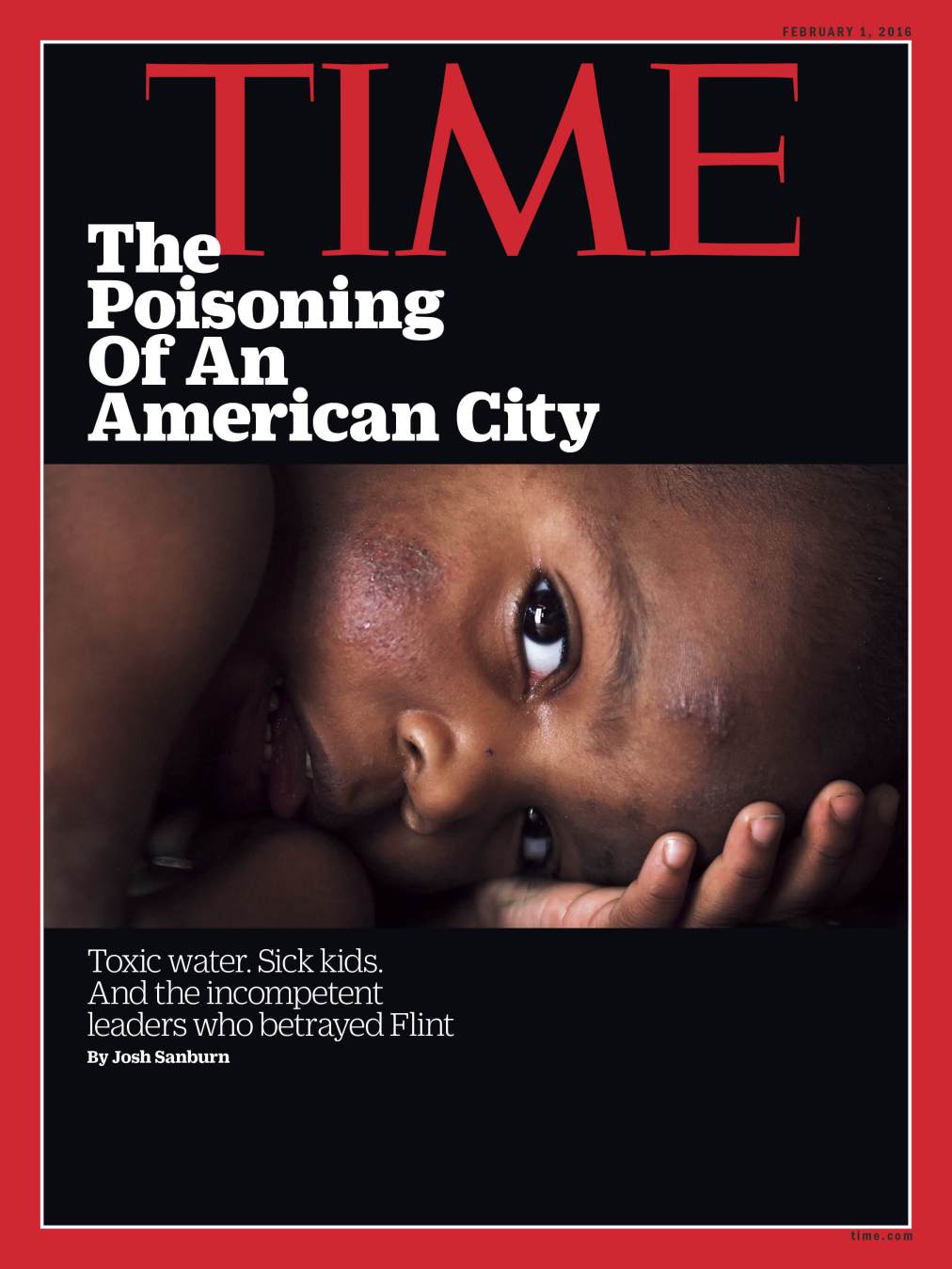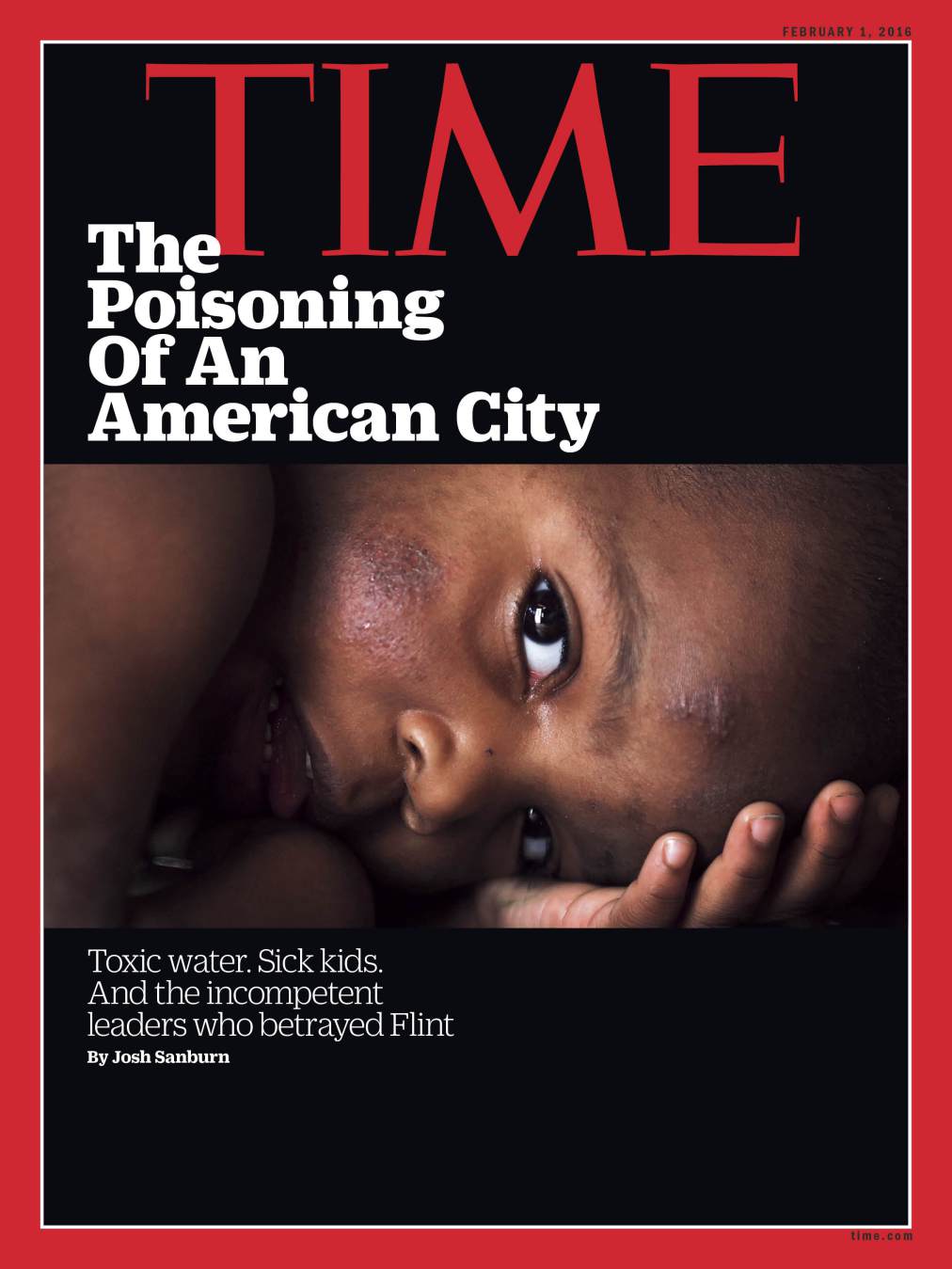How Photography Can Change The Way We Feel
A Detroit photographer talks about her haunting image on the cover of time.


Whether it’s an exhausted woman sitting beneath a dusty lean-two with her kids during the Great Depression, or a naked girl sobbing and running down a dirt street in Vietnam, or a 2-year-old covered in rashes from putrid water in Flint, photography has demonstrated an ability over 150 years to change how people feel about world events. Photos can affect us in way a written words and videos and even radio often cannot. Why is it that no matter how many stories we read about war refugees fleeing Syria, a single image of a young boy lifeless on a beach was finally able to engage the public in western countries?
This week TIME magazine’s cover features the haunting gaze of a young child covered in pink blisters and rashes from contaminated water in Flint. That photo was taken by Detroit Free Press photojournalist Regina Boone. Boone joins Detroit Today host Stephen Henderson to talk about the image, the family and story behind the image, and the power of photojournalism.
Boone says by taking that photo of a rash-covered child that she had a “Huge responsibility” to let people know about the consequences of the Flint water crisis, while preserving the dignity and life of the subject in the image. “The minute we walked in, and I saw him, instantly my heart was just broken… I promised him that my pictures would help him feel better.”
To hear more of their conversation, click the link above.
